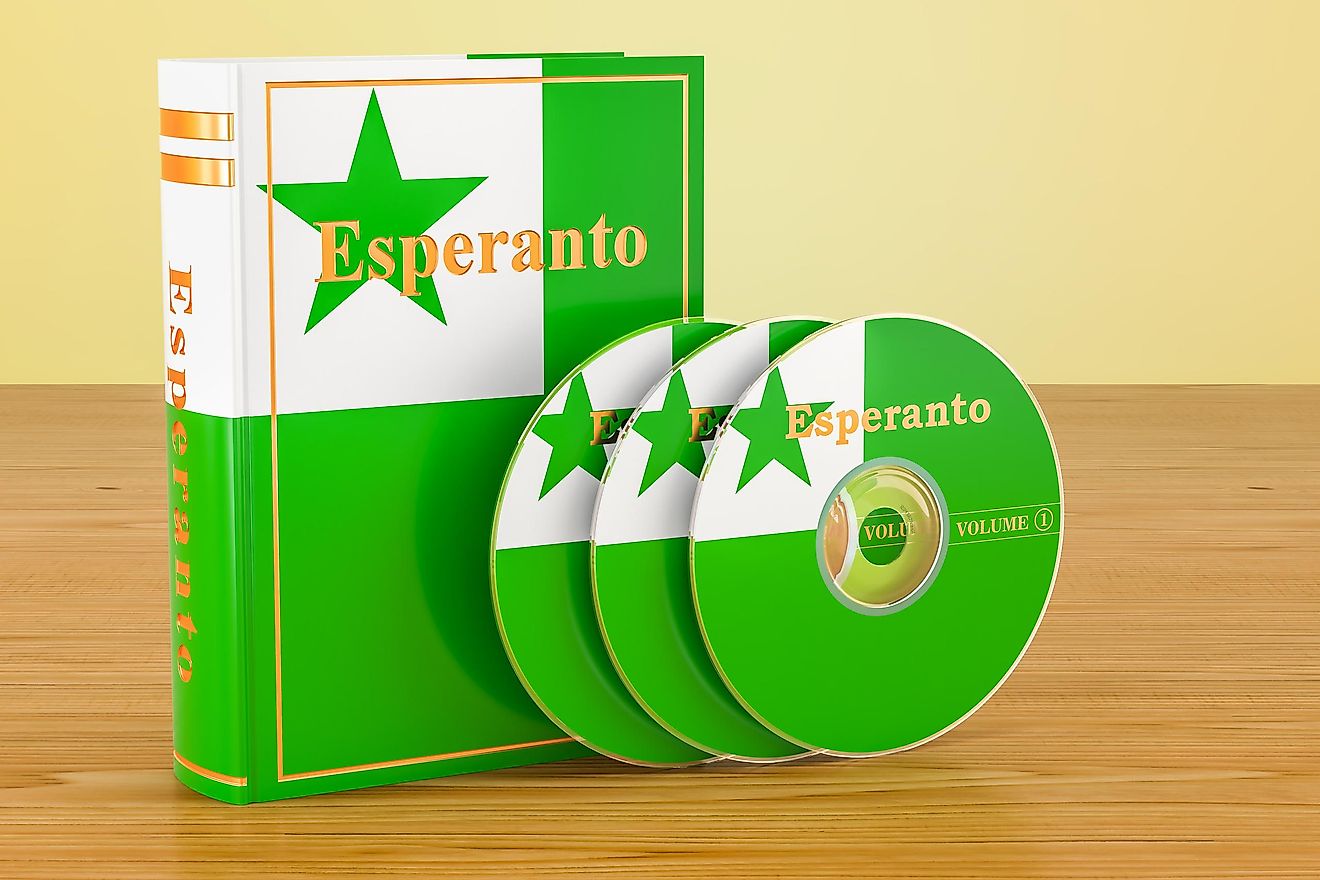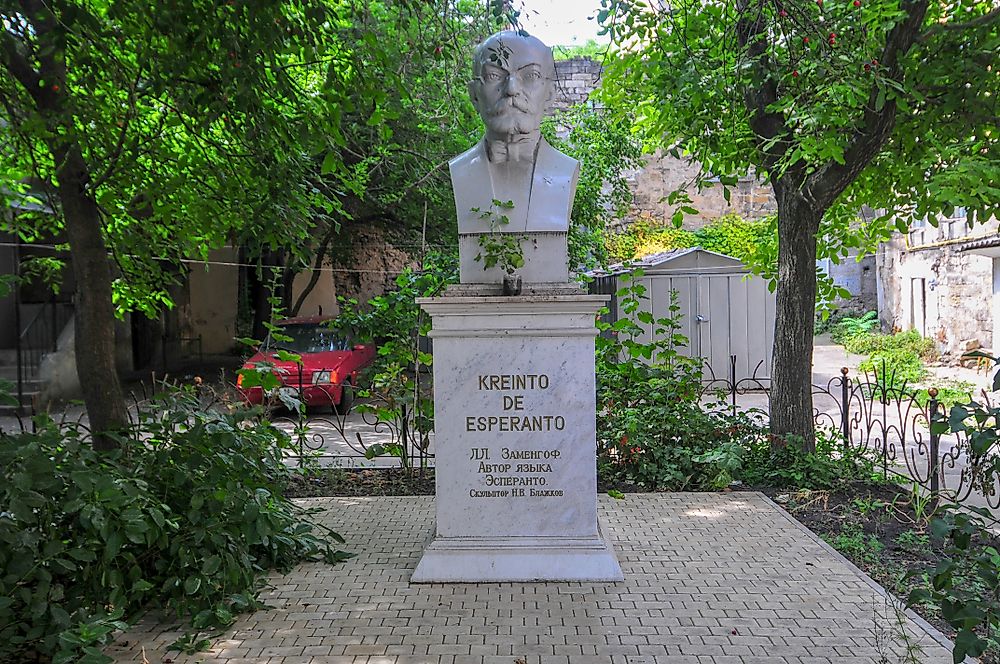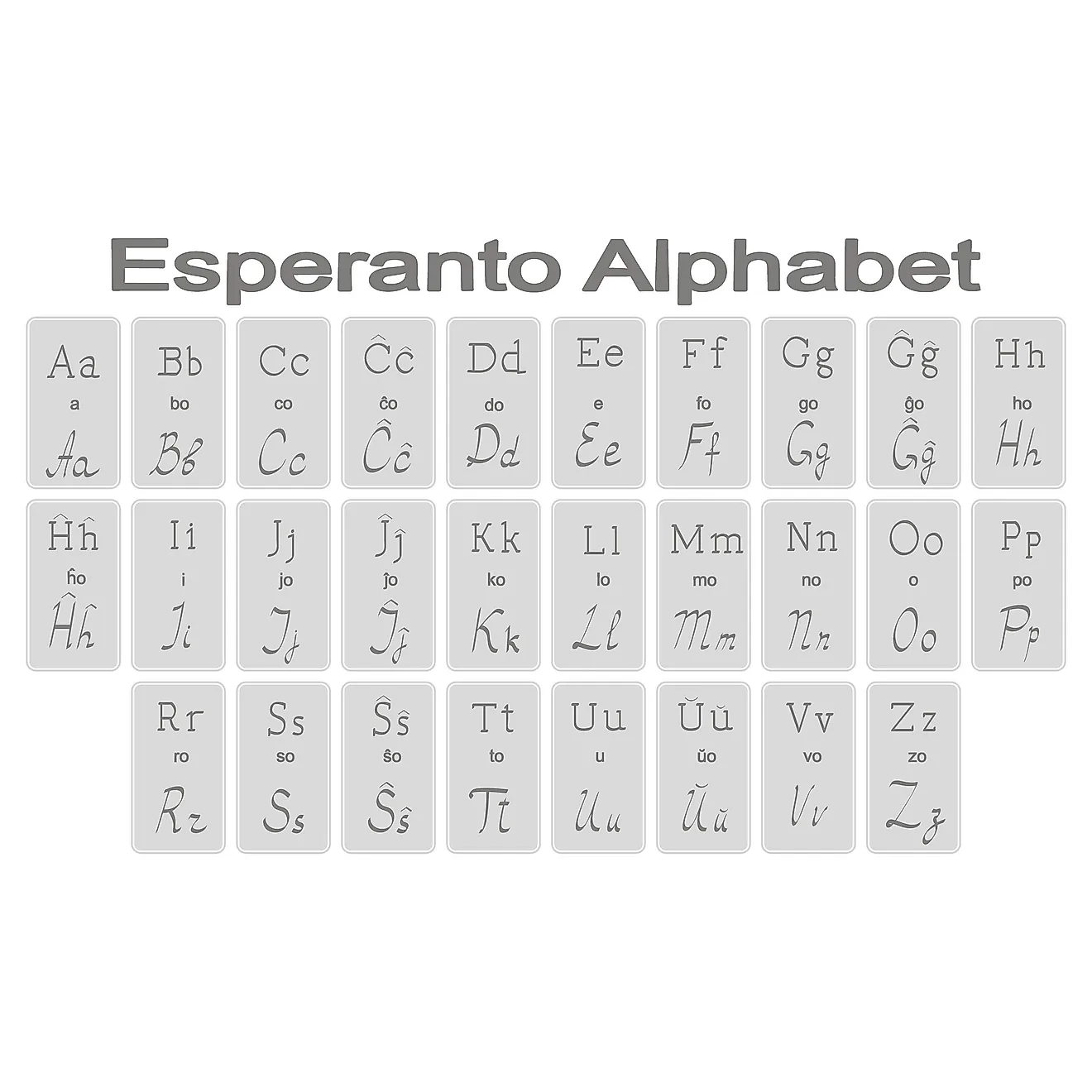10 Facts About Esperanto, The World's International Language

- Esperanto is a constructed language created by a Jewish-Polish ophthalmologist in the late 19th century.
- There are over 2 million Esperanto speakers worldwide.
- Esperanto was constructed to be easy to learn, and it will sound familiar to speakers of European languages.
Esperanto is a popular constructed international auxiliary language. It was created in the late 19th century by Ludwik Lejzer Zamenhof. His main aim was to create a flexible and simple language that would act as a universal second language and foster peace and international understanding.
The language was initially known as “International Language” but the early speakers began referring to it as Esperanto in 1889. The name gained popularity very quickly as has since been used as the official name. Esperanto Day, also known as Zamenhof Day, is celebrated annually on December 15. Here are some of the interesting facts about Esperanto.
10. It Was Created To Promote Worldwide Understanding

Zamenhof, the creator of the language, wanted to create a politically neutral language that would foster peace and promote worldwide understanding between people of different languages and backgrounds. The new language was to help people overcome their natural indifferences and dispose of them in the fastest way possible. Zamenhof hoped that the language would be learned and used as a living language. “Esperanto” translates to “one who hopes.”
9. It Has Been Around Since The 19th Century
The Esperanto language was created in the late 19th century, around the late 1870s and early 1880s. Zamenhof, a Jewish Polish ophthalmologist, created the language in such as a way that anybody could learn and use it within the shortest time possible. Zamenhof spent about ten years translating literature into Esperanto, leading to the publishing of the first book of Esperanto grammar on July 26, 1887. The first conference for Esperanto speakers was held in 1905 in France. Since then, such world congresses have been held every year. The name Esperanto is derived from Dr. Esperanto, a pseudonym of the creator of the language.
8. Literature Written In Esperanto Has Been Nominated For The Nobel Prize
Esperanto experienced a quick growth in the 20th century and continues to develop in the 21st century, both as a language and as a linguistic community. Despite the language speakers facing prosecution in the hands of regimes including the Soviet Union and the Nazis, they continued to establish organizations and publications. Esperanto was granted official support by the United Nations in 1954. One of the writers who has contributed to the growth of Esperanto is William Auld whose literary work has received three nominations for the Nobel Prize in Literature: 1999, 2004, and 2006.
7. There Are At Least 1,000 Native Esperanto Speakers

The World Esperanto Association has a membership of 120 countries, but no country has officially adopted the language. It is spoken by 2 million people worldwide, including at least 1,000 native speakers who were introduced to the language from birth.
Esperanto was added to Google Translate as its 64th language on February 22, 2012. The popular language-learning app Duolingo has an Esperanto course, and over 1 million people have started it. Most of the Esperanto speakers continue to hope that the language will soon be recognized as the international auxiliary language
6. It Is (Relatively) Easy to Learn
Along with creating a language that would promote worldwide understanding and foster peace, Zamenhof also hoped to make a language that was easy to learn and use. It can be picked up by speakers of European languages with relative ease since it uses root words from the romance languages. It has one definitive article and no indefinite articles, nouns have no gender, and verbs are all regular with only one form per tense.
Before creating Esperanto, Zamenhof tried to revive Latin but after learning it in school, he concluded that Latin was much too complicated to be a common language for international communication. When he learned English, he felt that the grammatical system could be made simpler. According to Zamenhof, the new language was to help reduce the time and energy spent on learning a foreign language.
5. Esperanto’s Creator’s Nickname Was Doktoro Esperanto

Esperanto creator Ludwik Lejzer Zamenhof was born in 1859 in Bialystok, a multi-ethnic city that is in present-day Poland. Zamenhof was also referred to as Doktoro Esperanto (Dr. Esperanto). He was an eye doctor who specialized on the eyeball and orbit. While in school, he also studied classical languages such as Greek, Latin, Aramaic, and Hebrew. Zamenhof’s desire to create a new language instead of pursuing his career on ophthalmology resulted from the many quarrels among the groups that lived in Bialystok who spoke different languages.
4. There Are Esperanto Speakers on Every Continent
Esperanto has been in continuous use since its creation. However, it has not been adopted as a secondary official language by any country. The majority of the 120 countries that are members of the World Esperanto Association are in Europe, Asia and South America, where the language is most popular. But there are speakers on the other continents as well, notably Africa, where the country Togo has the most speakers.
3. The Esperanto Alphabet Has 28 Letters

The Esperanto alphabet borrows heavily from the Latin script. It has 28 letters, including six letter with diacritics. Four letters have been omitted from the alphabet; q, w, x and y and are only used when writing unassimilated words or terms. The 28 letters of the Esperanto alphabet are; a, b, c, ĉ, d, e, f, g, ĝ, h, ĥ, i, j, ĵ, k, l, m, n, o, p, r, s, ŝ, t, u, ŭ, v, and z.
2. Esperanto Is Taught In Some Schools
There are over 20,000 original and translated books in Esperanto and hundreds of magazines. Some of these books are used to teach the language in schools. Esperanto is used as a language of instruction and administration at the International Academy of Science in San Marino.
1. It's the World's Most Widely Spoken Constructed Language

Esperanto is the most widely used constructed language in the world. A constructed language is simply an artificial language whose vocabulary and grammar are designed rather than evolving naturally over a period. Therefore, Esperanto has not undergone any historical change that is common in other languages. There are approximately 40 constructed auxiliary languages, but most of these languages have insignificant speakers and some exist just by name. Esperanto is the most popular of them all with its 2 million worldwide speakers.











